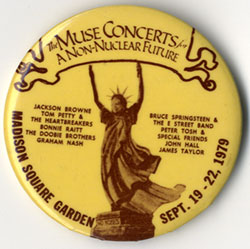The origin of “bunkum” — N.C. Congressman Felix Walker’s explanation of his longwinded, irrelevant speech on the Missouri Compromise as “talking for Buncombe” — approaches common knowledge, but the late columnist William Safire traced some notable details in “Safire’s Political Dictionary”:
“By 1828…talking to (or for) Buncombe was well known. The Wilmington (N.C.) Commercial referred in 1849 to ‘the Buncombe politicians — those who go for re-election merely,’ and British author Thomas Carlyle showed that the expression traveled the Atlantic with its meaning intact: ‘A parliament speaking through reporters to Buncombe and the 27 millions, mostly fools’…
“In 1923 William E. Woodward wrote a book titled Bunk and introduced the verb ‘debunk.’ A school of historians were named debunkers for the way they tore down the myths other historians had built up. Hokum, according to the OED, is a blend of hocus-pocus and bunkum.”



